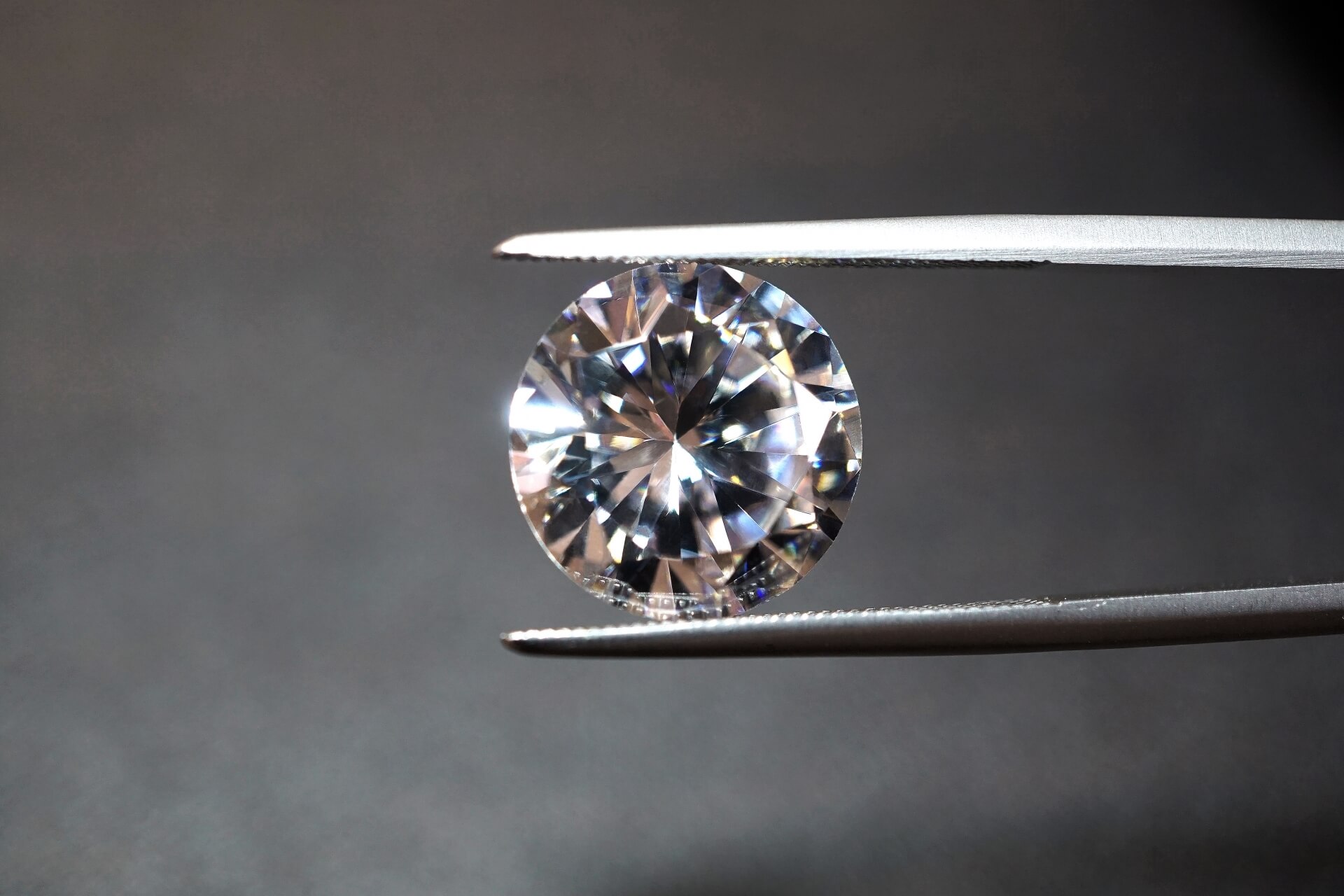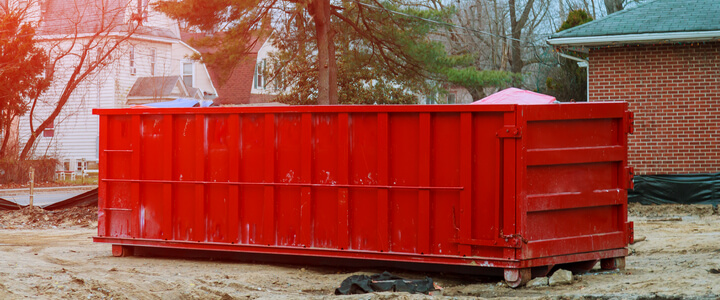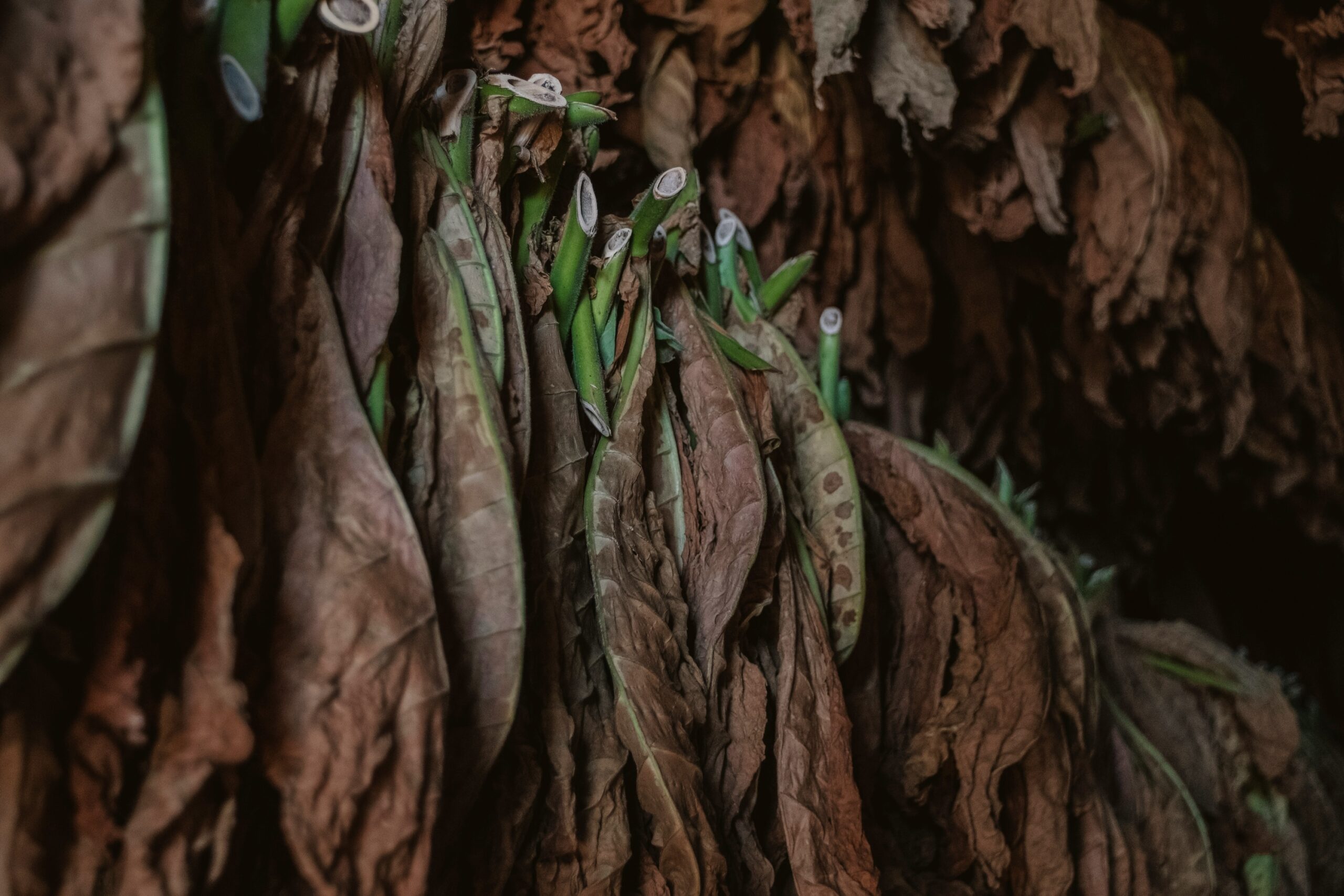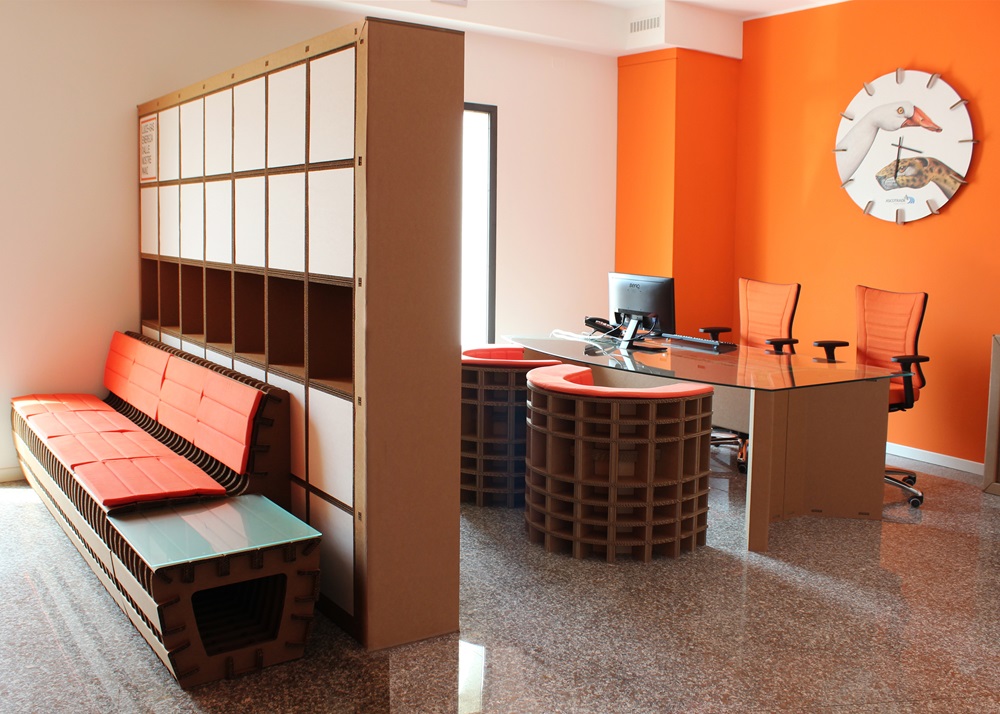4 Considerations When Choosing Sustainable Packaging For Jewellery Products
Shopping for jewellery can be exciting, but have you ever thought about their packaging and if they are sustainable for the environment? Most shoppers won’t likely spare a minute, but it’s also vital to be environmentally conscious of the items we buy.

If you’d like to do your part and choose sustainable packaging instead, here are some factors you should keep in mind the next time you buy a jewellery piece:
1. How It Impacts The Environment
An essential part of the product is the packaging itself. It is what protects the jewellery from damage and contamination. The packaging also organises the jewellery in sets or pieces; it might also be the part where we can see printed information about the product. However, remember that the packaging for product safety and convenience might also be the reason for compromised sustainability.
Previous studies reveal that buyers still consider the importance of eco-friendly packaging when they buy items. Hence, consumers are becoming more aware of how specific items affect the environment. It proves that many are willing to pay extra for environmentally friendly packaging to show loyalty to companies and help reduce the use of non-biodegradable materials on jewellery packaging.
2. Sustainability Of Packaging Design
The quest for green living is becoming widespread, thanks to various efforts on sustainability awareness. Businesses are beginning to implement sustainable ways of production processing. If you’re wondering what you should look for in sustainable packaging when shopping for jewelry, check out the following:
- Must be recyclable or reusable (i.e., using seed paper or plantable paper made with post-industrial paper waste embedded with seeds that will grow into plants while the paper becomes compost material)
- Must not include single-use plastics
- Must include recycled paper or cards that manufacturers can buy from suppliers at affordable prices
- Packaging made from organic or plant-based materials
- Uses bubble wrap made from recycled polyethylene
- Must also be cost-effective to avoid alienating consumers
- Functional packaging that meets regulations or guidelines and offers consumer security
- Must use as few materials as possible, such as thinner boxes that don’t need void fillers like papers or bubble wraps
- Uses alternative organic materials that equate to less use of another material (i.e., sustainable underwear that uses fabric made from Beechwood trees and requires 95% less water than cotton to produce)
3. Supply Chains That Are Ethical And Sustainable
Another element you should consider is the manufacturing supply chain and whether it prioritises ethics and sustainability. One has to note that the supply chain can sometimes involve processes such as the overuse of energy or fuel. If you are to question where the jewellery and packaging are manufactured, you might start to wonder if the conditions of the workers are habitable and if they are fairly paid.
Sellers of jewellery brands might also come across packaging from suppliers who sell them for dirt-cheap prices. You might want to ask yourself why and the reason is usually that the workers are not getting fair wages. As a seller, you may inquire about a factory audit, especially if the packaging comes from overseas suppliers. Besides, businesses should push for the development of sustainable supply chains that care for the welfare of their workers and those in associated companies.
4. Standard Or Custom Packaging
Another packaging element to consider is if it would be useful to utilise regular eco-friendly packaging or to have them customised to help with brand marketing. Ultimately, your answer will depend on how you feel about how this will affect your sales and profits.
Environment-friendly customised packaging is a way to impress customers and make your business appeal to your target market. There are also many ways to provide customised packaging like printed boxes, stickers, notecards, and more. The decision you make will rely on the following:
- Your available budget and if there is economic sense to create branded packaging
- If you can work with extended lead times required in producing customised packaging
- How much your brand needs it and the degree of alignment with your brand values
Conclusion
Considering the packaging of jewellery and other products we buy is also crucial because they become waste that can heavily impact our ecosystem. Brands need to realise that the packaging they produce eventually ends up in landfills. When non-biodegradable items consistently gather in one place, they become harder to manage and contain. Moreover, consumers have the right to demand that businesses create sustainable packaging that is kinder and ethic-centred to both the environment and the workers who make them.


















